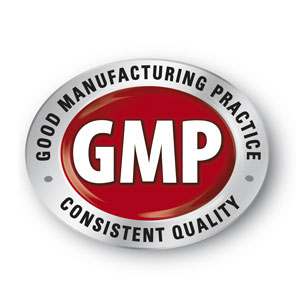Latest FDA cGMP Inspection Trends Highlighted at Recent Conference
April 16th, 2013 // 5:03 pm @ jmpickett
More Exclusive FDA cGMP Compliance News
April 16, 2013
At a Georgia GMP meeting in March 2013, Monica Caphart, Chief of Medical Products and Tobacco Program Operations at FDA’s Office of Regulatory Affairs, gave attendees an update on the most recent cGMP inspection trends at the agency. Some of the highlights we heard included the following:
- Total GMP inspections in the US decreased from 1512 in FY 2011 to 1447 in FY 2012. However, Caphart noted that foreign inspections increased from 876 to 991. She said that FDA expects to be doing many more foreign inspections in the human drug area. The new FDA Safety and Innovation Act calls for many new user fees for drug, API and generic manufacturers based overseas.
- More than 1/2 of all GMP warning letters that were sent in 2012 went to drug manufacturing companies overseas, while in 2011 it was less than half.
- Most top 483 citations are unchanged from the past. She did note that quality control unit citations (21 CFR 211.22) continue to lead the way in citations.
- An FDA investigator at the Cincinnati office noted that media fill violations are a top deficiency in the manufacture of sterile drugs for decades. Other FDA officials noted at the conference that relationships are evolving between sponsors and CMOs. They strongly advise pharma companies to really work on growing a strong relationship with their CMOs and this will help to avoid quality problems. One way to do this is to make sure you have a strong CMO quality agreement in place.
- Another FDA speaker at a March 14 Pharmalink conference stated that there are several FDA initiatives underway to boost the quality of sterile drugs and to cut drug shortages that have been making the headlines in recent months. FDA last year issued the Compliance Program Guidance Manual 7356.002A on sterile drug process audits. This new manual relates to the 2004 guidance on sterile drug products that are produced by aseptic processing. An FDAer noted at this event that if your CMO is not familiar with the 2004 guidance, you probably want to find a new contractor. She stressed that all contract drug sites need to be aware of the sterile drug guidance.
- You can have an abbreviated inspection in a sterile drug facility if you have implemented a strong risk management program that has strong assurances of good design and control. This should include a design of risk mitigation and can include isolators, closed, restricted access barrier devices and bioburden controls. Also, you can qualify for this inspection if your firm has a strong compliance history and has two NAI inspections in a row, and no more than a single VAI inspection with no major recalls.
- At sterile drug facilities, some of the most common deficiencies include sterility test failure, and if you have a great deal of excursions for the monitoring of personnel, this is going to be a problem.
- A recent analysis of warning letters by FDA found that poor microbiological controls was the 2nd highest observation in warning letters, with 14 citations in 2012.
- A word on dysfunctional sponsor and CMO relationships – Caphart talked about an inspection she did of a CMO and she needed to issue a 483 due to formulation problems. Some solution was precipitating out and there was an overage of API in the formula. The CMO did not know why these problems happened, and they were not given enough information about why they were making a formulation change. This points to a need for a strong CMO quality agreement, she said.
- Upcoming Expertbriefings.com Webinars
-
- May 2 – Avoid the CDRH eCopy Chaos – How to Prepare a Compliant eCopy Submission
- April 16 – The Quality Manager Gets Fired, the $100,000 Compliance SNAFU, and 21 Tips and Tricks for Your Next Audit
- April 18 – Why You May Want to Move Your Pharma Company to Kansas – 483 and Warning Letter Trends
- April 25 – How to Survive PREDICT – FDA’s New Import Screening Program
- April 29 – Audit Your Lab Like an Expert FDA Auditor: A Roadmap to Lab Compliance
- May 1 – Avoiding Warning Letter Disasters With a Strong Contractor Quality Agreement
- May 7 – FDA Recall Chief Update – How to Design a Bulletproof Product Recall Strategy



